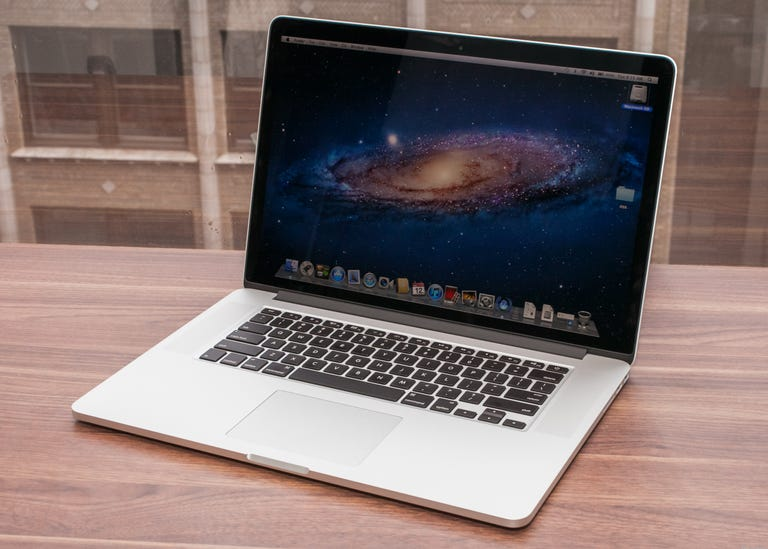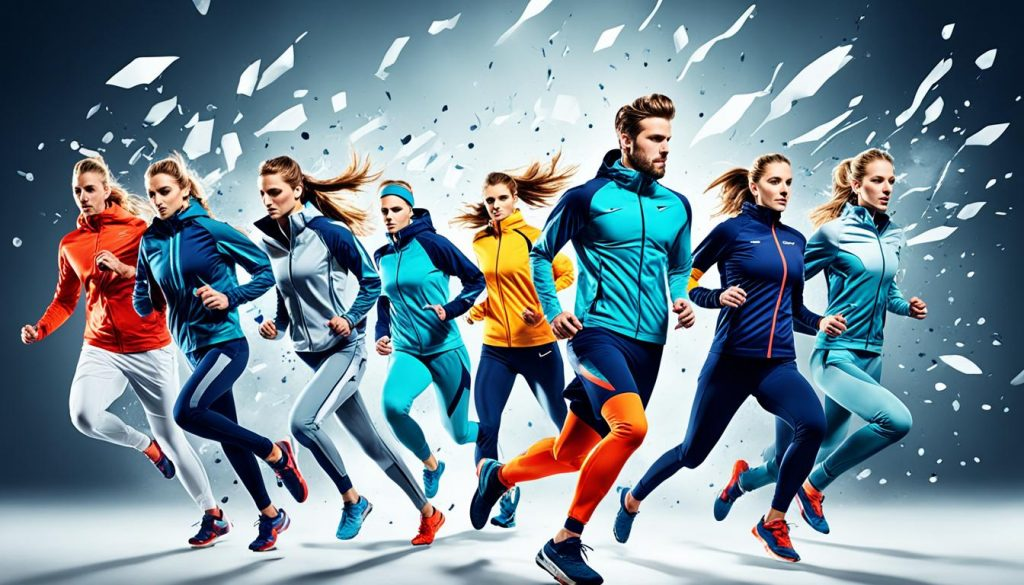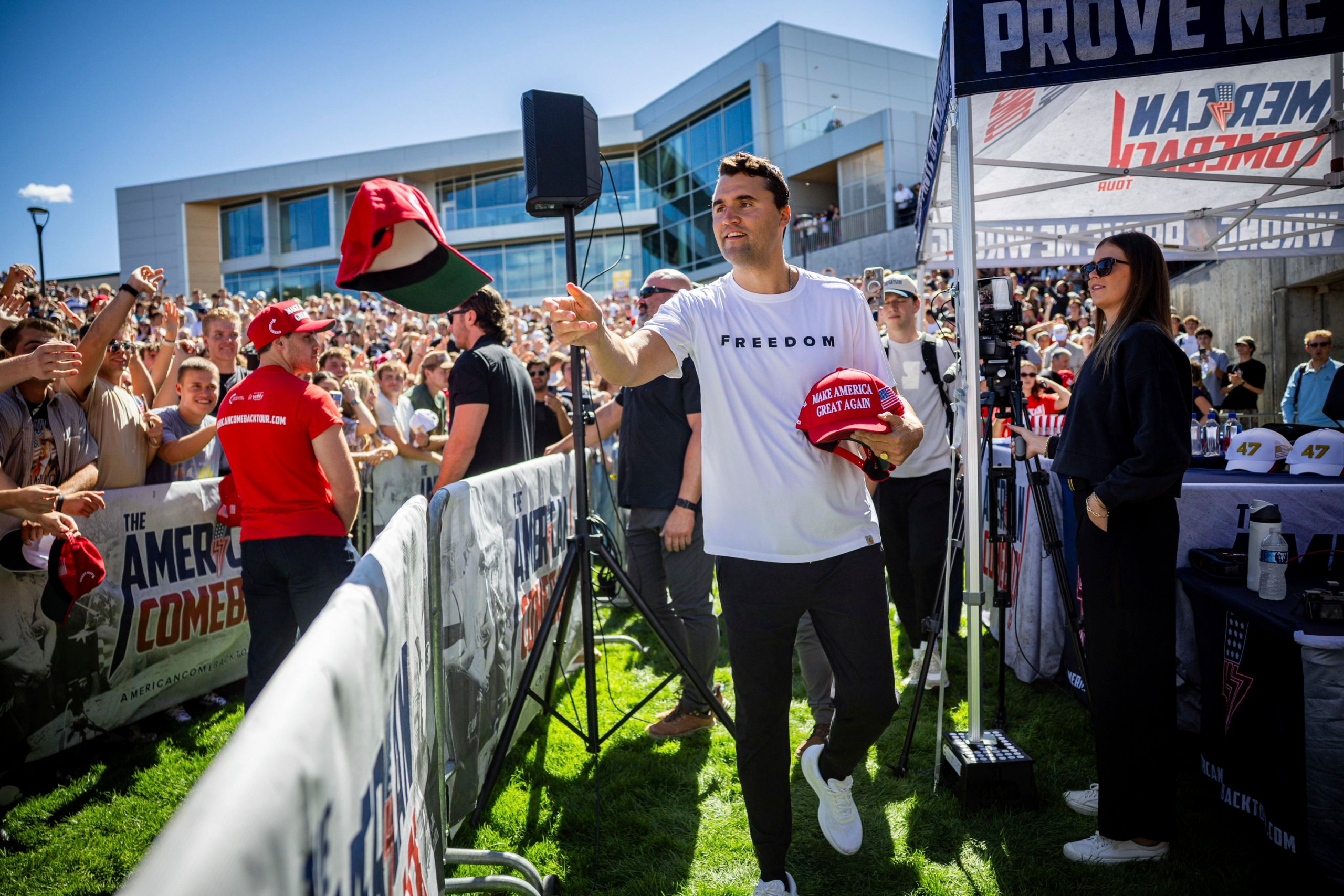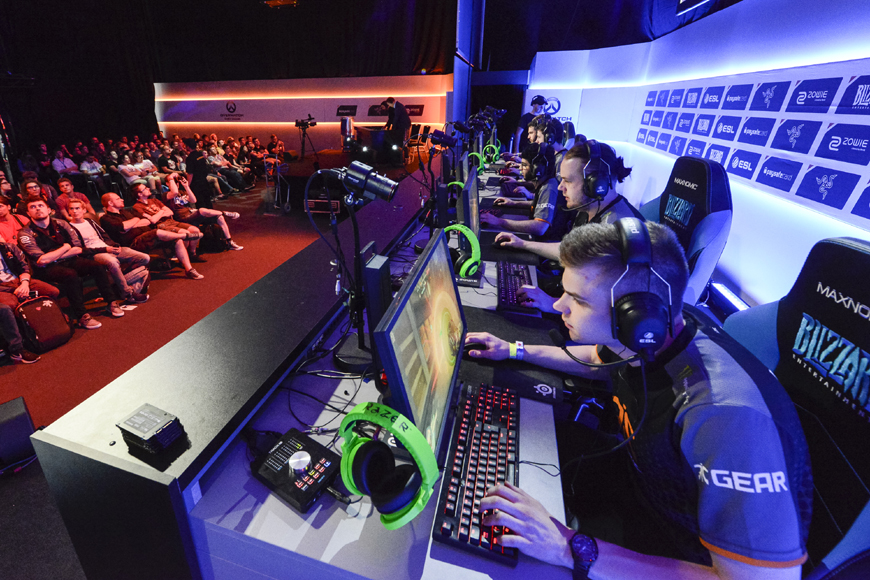In the realm of sports and fitness, precision is often the difference between victory and defeat, between progress and plateau. Athletes and coaches alike obsess over minute details—body angles, joint positions, even the subtle shifts in gaze or breathing patterns—that could unlock new levels of performance. Curiously, a device as seemingly unrelated as the MacBook, with its sleek aluminum chassis and minimalist design, harbors a sensor that measures the exact angle of its screen hinge. This tiny technological marvel, designed to optimize user experience and device responsiveness, offers a fascinating metaphor and practical insight into the science of movement, posture, and performance optimization, whether on the playing field or in the digital arena of esports.
The MacBook’s hinge angle sensor is not just a gimmick; it’s a finely tuned piece of engineering that continuously monitors the screen’s position relative to the keyboard base. This allows macOS to adjust display brightness, orientation, and even power management dynamically. For athletes, the idea of such a sensor conjures images of biomechanical feedback systems that capture limb angles during a golf swing or a sprinter’s stride. The parallels are striking: just as the MacBook’s sensor ensures optimal screen positioning for ergonomics and efficiency, athletes rely on precise angle measurements to refine technique and reduce injury risk. The field of sports biomechanics, as detailed in studies like those published in the Journal of Sports Sciences, emphasizes how joint angles and body alignment are critical for maximizing force production and movement economy.

The psychological dimension of performance, often referred to as performance psychology, also finds resonance here. Athletes train their minds to maintain ideal posture and focus, much like the MacBook’s sensor continually recalibrates to provide the best interface experience. The sensor’s silent, constant awareness mirrors the internal feedback athletes cultivate—body awareness that can be honed through techniques such as mindfulness and proprioceptive training. According to experts in performance psychology, this embodied awareness is crucial for maintaining composure under pressure and executing complex motor skills with consistency.
In training methodology, the integration of sensors and feedback loops is revolutionizing how athletes approach skill acquisition. Wearable tech that tracks joint angles, muscle activation, and even eye movement is becoming standard in elite sports. The MacBook’s hinge sensor, while designed for a consumer device, operates on a similar principle: continuous, real-time data collection that informs immediate adjustments. This concept is echoed in the design of smart training equipment and virtual coaching tools that provide athletes with instantaneous, actionable feedback. Such innovations are transforming outdoor pursuits and traditional sports alike, enabling a level of precision once reserved for laboratory settings.
Esports culture, often dismissed as solely digital, also benefits from understanding the importance of physical ergonomics and sensor technology. Gamers spend hours in front of screens, and maintaining optimal posture is essential to avoid repetitive strain injuries and sustain peak cognitive function. The MacBook’s hinge angle sensor can be seen as a metaphor for the subtle adjustments esports athletes make throughout long sessions to balance comfort and performance. Platforms like The Esports Observer have highlighted the growing emphasis on physical training and ergonomic awareness within professional gaming teams, underscoring a holistic approach to performance that blends physical and mental conditioning.

The intersection of seemingly disparate worlds—consumer technology and athletic performance—invites deeper reflection on how we measure and optimize movement, posture, and focus. The MacBook’s hinge sensor, by quietly tracking its screen’s angle, offers a compelling analogy for the continuous feedback loops that undergird human performance. Whether it’s a runner adjusting their stride, a climber sensing their grip, or an esports athlete fine-tuning their screen angle for maximum visibility and comfort, the principle remains: awareness and adjustment are fundamental to improvement.
As technology continues to evolve, the lines between digital devices and human performance tools blur. The MacBook hinge sensor, small and unobtrusive, is a quiet testament to how precision engineering can inspire and inform practices far beyond its original intent. It reminds us that in both sport and technology, success often hinges on the subtle art of angle and adjustment.
This subtlety—the sensor’s ability to detect the MacBook’s screen angle with precision—mirrors the incremental adjustments athletes make to optimize their form. In disciplines like gymnastics or skiing, even the slightest alteration in body angle can mean the difference between a flawless routine and a costly misstep. Similarly, the hinge sensor’s data could, in theory, feed into adaptive software that modifies brightness or keyboard response based on how the device is held, much like how athletes rely on biofeedback to refine their technique. It’s a reminder that in both technology and sports, the fusion of hardware and feedback loops creates an environment ripe for continuous improvement.
This convergence also raises fascinating questions about the future of wearable tech and smart devices in fitness. Imagine a training environment where your laptop or tablet doesn’t just passively exist on the sidelines but actively participates in your regimen—adjusting screen angles to reduce neck strain during video analysis or measuring subtle posture shifts during virtual coaching sessions. The MacBook hinge sensor, humble as it may seem, could be an early harbinger of a more interactive, responsive digital ecosystem that supports athletes both on and off the field.

Yet, as with any embedded technology, there are nuances and potential concerns worth exploring. Privacy, for one, becomes a delicate subject when sensors continuously collect data about user behavior—even if it’s as innocuous as screen angle. How this data is stored, used, or shared will shape user trust and acceptance. Moreover, the risk of over-reliance on such feedback loops could inadvertently diminish an athlete’s or user’s innate ability to self-regulate, creating a dependence on external cues rather than internal awareness. These tensions between enhancement and autonomy will likely fuel ongoing debates in both the tech and sports communities.
In the broader narrative, the MacBook hinge sensor exemplifies a trend toward increasingly granular data collection that transcends traditional categories. It blurs the lines between work, leisure, and performance, suggesting that the tools we use daily are becoming extensions of ourselves in ways previously unimagined. This fusion challenges designers and athletes alike to think more holistically about how technology can serve human potential—not just by adding raw power or speed but by fostering a nuanced understanding of movement, posture, and presence.
As we look ahead, the implications ripple far beyond the hinge. The integration of sensors into everyday objects signals a future where our environments adapt intelligently to our needs, much like a coach who intuitively knows when to push harder or ease off. This vision aligns with emerging fields like ambient intelligence and context-aware computing, where devices seamlessly read and respond to human states. The MacBook’s angle sensor may be a small piece of this puzzle, but it’s a compelling one—pointing toward a world where technology doesn’t just respond to commands but actively participates in our journey toward better health, performance, and balance.
Yet, the story of the MacBook’s hinge sensor is emblematic of a broader shift in how technology mediates the intimate choreography between human bodies and their tools. For athletes, posture and movement are not just functional necessities but deeply expressive elements of their craft—the subtle tilt of a head, the flex of a wrist, the angle of a screen that might just be the difference between a moment of insight and a missed cue. In this sense, the MacBook’s sensor transcends its humble hardware role, emerging as a silent partner in the dance of precision and presence that defines peak performance. The sensor’s ability to discern exact hinge angles offers a novel form of biofeedback, one that could reshape training regimens by integrating digital awareness directly into the fabric of an athlete’s everyday environment. As wearable tech and smart devices increasingly converge, this kind of embedded intelligence hints at a future where the boundary between device and user becomes porous, fostering a symbiotic relationship rather than a mere transactional interaction.
This evolution also raises compelling questions about privacy and agency. When a device can monitor something as seemingly innocuous as the angle of a screen, it invites speculation about what else might be tracked under the guise of optimization or convenience. In sports, where marginal gains are fiercely contested, the line between beneficial insight and intrusive surveillance can blur quickly. There is an inherent tension between leveraging data to enhance performance and preserving the autonomy of the athlete—an issue that echoes across the tech landscape, from biometric wearables to AI-driven coaching platforms. The MacBook’s sensor, modest in its immediate function, becomes a microcosm of these broader ethical dilemmas, reminding us that technology’s march forward is not just about capability but also about consent and control.
Looking beyond the individual user, this sensor technology also invites a reimagining of team dynamics and collective intelligence in sports. Imagine a training facility where every device, from laptops to smart boards, is aware of the athletes’ physical states and adjusts information flow accordingly—highlighting key metrics when posture is optimal or suggesting breaks when fatigue is detected. Such integration could foster a more responsive and empathetic coaching environment, where technology acts less as a cold calculator and more as an intuitive collaborator. The potential ripple effects extend even further, influencing how we design sports equipment, training spaces, and even competitive strategies, all informed by a continuous stream of nuanced, context-rich data.

As we grapple with these possibilities, it’s worth remembering that innovation is rarely linear. The MacBook’s hinge sensor might today be a subtle nod to precision engineering, but tomorrow it could underpin revolutionary shifts in how athletes interact with information and their own bodies. The sensor’s quiet presence challenges us to rethink the very notion of feedback loops, moving from external coaches and devices to an integrated ecosystem where the line between input and output, observer and observed, becomes increasingly fluid. In this light, the MacBook’s hinge sensor is less a mere technical curiosity and more a harbinger of a future where technology and human potential are inextricably intertwined, shaping one another in a continuous, evolving dialogue.
This dialogue between human and machine, mediated through something as seemingly mundane as a laptop hinge, echoes broader themes in the evolution of sports technology. Historically, innovations like the introduction of the stopwatch or heart rate monitor transformed athletic training by quantifying performance in ways previously unimaginable. Now, the MacBook’s sensor hints at a subtler, more intimate form of measurement—one that doesn’t just track external metrics but senses context, posture, and intent. Imagine a scenario where an athlete’s interaction with a device—adjusting the screen angle to reduce glare or optimize viewing comfort—feeds directly into an AI-driven system that interprets these micro-adjustments as indicators of focus or fatigue. Such data, when aggregated and analyzed, could redefine how we understand mental and physical states during training or competition.
This potential convergence raises compelling questions about the nature of feedback and agency. If a device can detect the precise angle of a screen and infer the user’s state, to what extent does it become an active participant in the athlete’s experience rather than a passive tool? This blurring of boundaries challenges traditional notions of control and autonomy in sports. It recalls debates in wearable technology, where the line between assistance and intrusion is often contested. The hinge sensor, while unobtrusive, could be a stepping stone toward environments that adapt not only to physical parameters but also to psychological cues, crafting a truly holistic approach to performance enhancement.
From a design perspective, the inclusion of such sensors also invites reflection on the aesthetics and ergonomics of sports technology. Apple’s meticulous attention to detail in the MacBook’s hinge mechanism is emblematic of a broader trend where form and function coalesce seamlessly. This philosophy resonates within sports equipment design, where the integration of sensors must balance durability, comfort, and precision. The challenge lies in embedding technology so naturally that it becomes an extension of the athlete’s body and mind, rather than an external appendage. As the hinge sensor demonstrates, sometimes the most profound innovations are those that quietly disappear into the background, enabling a more immersive and intuitive user experience.
Looking ahead, the implications extend beyond individual athletes to entire ecosystems of training and competition. Imagine stadiums or training facilities equipped with devices that communicate through these subtle sensors, creating a networked environment responsive to the collective state of participants. Coaches could receive real-time updates not only on performance metrics but also on engagement and well-being, allowing for dynamic adjustments to training regimens or game strategies. This could usher in a new era of personalized coaching at scale, where the data gathered from countless micro-interactions informs macro-level decisions.

Yet, as with any technological leap, ethical considerations loom large. The collection and interpretation of such intimate data provoke questions about privacy, consent, and the potential for surveillance. Athletes may find themselves under unprecedented scrutiny, with every gesture and adjustment parsed for meaning. Striking a balance between empowerment through data and protection from overreach will be critical. The MacBook’s hinge sensor, in its quiet sophistication, serves as a microcosm of these tensions—reminding us that the future of sports technology will be as much about navigating human values as it is about technical prowess.
Beyond the athletic arena, the MacBook’s hinge sensor exemplifies a broader trend in technology where seemingly mundane hardware components harbor untapped potential for innovation. The very angle of a screen, once a simple ergonomic consideration, now becomes a data point that can inform user behavior, optimize device performance, or even transform interaction paradigms. This subtlety challenges our traditional notions of interface design—where input was primarily tactile or visual—and nudges us toward a future where context and orientation become integral to the digital experience. Consider, for example, the ways in which this sensor might influence accessibility features, adapting screen brightness or content layout dynamically as the device’s posture shifts, catering to users with varying needs without explicit commands.
This sensor’s presence also invites reflection on the intersection of hardware and software in creating seamless, anticipatory technology. Apple’s ecosystem, known for its tight integration, leverages such sensors not merely as passive detectors but as active participants in the user’s journey. The hinge angle data could feed into machine learning models that predict user intent, adjust system resources, or even trigger specific applications. This speaks to a design philosophy that treats hardware as an extension of the human body—a kind of digital proprioception that senses position and movement with precision. In the realm of sports and fitness, where motion and posture are paramount, the parallels are striking. Devices that understand their own orientation can better understand the user’s context, whether that’s a runner glancing at a smartwatch or a cyclist adjusting their handlebars.

Yet, this sophistication also underscores the delicate dance between innovation and intrusion. As devices become more attuned to our subtle physical cues, the question of agency becomes unavoidable. Who controls the data derived from these sensors? How transparent are the algorithms interpreting this information? In sports, where performance data can influence contracts, sponsorships, and public perception, the stakes are especially high. The hinge sensor, innocuous as it may seem, is emblematic of a broader shift toward pervasive sensing—a shift that demands vigilance from both developers and users to ensure that empowerment does not give way to exploitation.
Looking forward, one can envision a future where the integration of such sensors transcends individual devices and becomes part of a holistic digital ecosystem. Imagine a fitness app that not only tracks your heart rate and steps but also understands how you physically interact with your devices—the subtle tilt of a laptop lid signaling fatigue, or the angle of a tablet indicating focus or distraction. These nuanced inputs could inform adaptive coaching, mental health interventions, or even workplace ergonomics. The MacBook’s hinge sensor, in this light, is more than a feature; it’s a harbinger of a new era where our devices don’t just respond to commands, but anticipate needs and adapt in real time, blurring the line between tool and companion.




